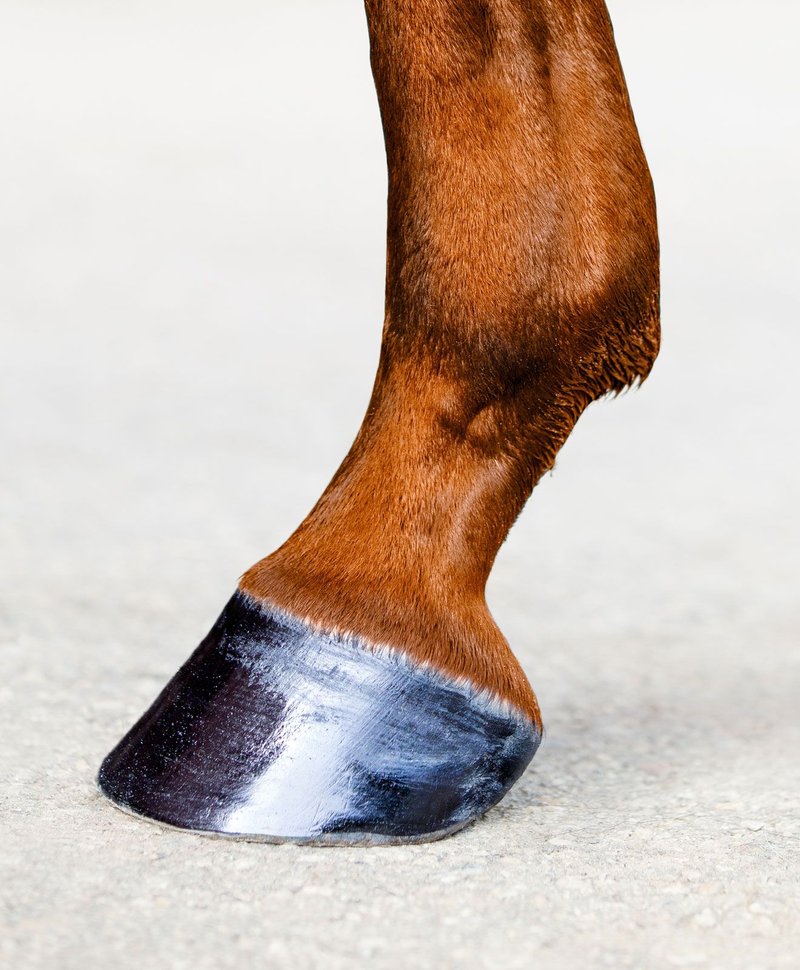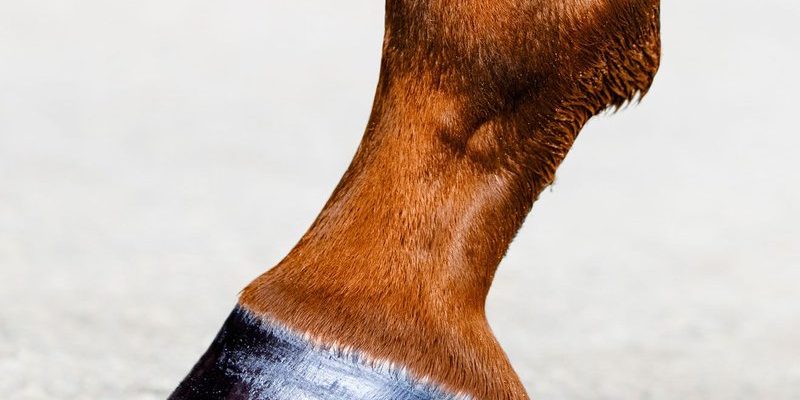
Imagine you’re having coffee with a friend who just adopted a donkey. They might wonder how often they need to trim their new friend’s hooves or what tools they should use. That’s where this guide steps in. We’ll break it down step-by-step, from understanding the structure of donkey hooves to tips on trimming and maintenance. By the end, you’ll feel confident about keeping those hooves in top shape!
Understanding Donkey Hooves
Before we dive into care and trimming, it’s important to understand what we’re working with. Donkeys have a unique hoof structure that’s different from horses. Their hooves are smaller and rounder, giving them a different weight distribution. This means their care routine can look a bit different too.
The sole of a donkey’s hoof is tough yet flexible, providing natural shock absorption. This adaptability helps them traverse various terrains, from rocky paths to open fields. But don’t be mistaken—just because they’re built to be tough doesn’t mean they don’t need regular attention. Neglecting hoof care can lead to painful conditions like laminitis, which is like a bad case of foot pain for them.
You might be wondering: how do I know if my donkey’s hooves are healthy? Regularly checking for cracks, excessive wear, or signs of infection like swelling is key. Remember, a happy donkey is one that can move freely and comfortably!
Why Regular Hoof Trimming Matters
Trimming sounds simple, but it’s crucial. If you let a donkey’s hooves grow too long, it can lead to serious issues. Long hooves can cause imbalance, making it difficult for your donkey to walk properly. This could eventually impact their overall health and well-being.
Imagine wearing shoes that don’t fit; it can be uncomfortable and even painful. The same goes for your donkey. When hooves are neglected, donkeys might change their walking patterns to avoid pain, leading to joint problems and other complications down the line. Regular trims help keep their hooves at a healthy length, ensuring they can walk and run without discomfort.
Also, regular checks allow you to spot any potential problems early on. Catching an issue like a hoof abscess before it worsens makes treatment easier and less painful for your donkey. So, make hoof care part of your routine—your donkey will thank you for it!
How Often Should You Trim Donkey Hooves?
So, how often do you actually need to trim those hooves? Generally, it’s recommended to trim a donkey’s hooves every 6 to 8 weeks. However, that can vary based on several factors. For instance, if your donkey is very active and spends a lot of time on hard surfaces, they might wear down their hooves more quickly.
Weather conditions can also play a role—wet, muddy environments may lead to faster hoof growth. On the other hand, donkeys kept in dry, rocky conditions might need trimming less often, as the ground naturally wears down their hooves.
Pay attention to the signs. If you notice your donkey’s hooves looking longer or uneven, it’s time for a trim. Just like you might keep an eye on your hair growth, staying proactive about hoof maintenance can prevent problems down the line.
Tools You’ll Need for Hoof Trimming
Let’s talk about tools. Having the right equipment makes hoof care much more manageable. You don’t need a fancy toolbox, but a few essential items will go a long way. Here’s a quick list to consider:
- Hoof trimmers: These are designed specifically for trimming donkey hooves. Look for quality brands that offer a comfortable grip.
- Rasp: After trimming, a rasp helps smooth out the edges and shapes the hoof. Think of it like giving your donkey’s hooves a nice manicure!
- Pick: This tool is useful for cleaning out debris or dirt that can collect in the hoof, preventing infection.
- Bucket of water: Soaking the hooves for a few minutes can make trimming easier, especially in dry conditions.
Now, here’s the thing: having the right tools is just as important as knowing how to use them. If you’re not comfortable with trimming, it’s wise to consult a professional farrier. They’ll show you the ropes, and you can learn the proper techniques for future trims.
Step-by-Step Hoof Trimming Guide
Ready to get into the nitty-gritty of trimming? Here’s a straightforward step-by-step guide to help you through the process:
1. Prepare Your Donkey: Start by getting your donkey comfortable. You might want to tie them down for safety or have a friend help you hold them still. Give them a treat to keep things positive!
2. Examine the Hoof: Before you trim, take a good look at the hoof. Check for cracks, debris, and any signs of injury. If you spot something concerning, it might be best to have a vet take a look.
3. Trim the Hoof: Using your hoof trimmers, carefully cut away excess hoof. Aim to maintain the natural shape of the hoof while avoiding cutting too deep. It may take a little practice, so don’t rush it.
4. Smooth the Edges: Once you’ve trimmed, use the rasp to smooth out the edges. This helps prevent splits or cracks from forming later on.
5. Clean Up: Finally, use your pick to clean out any dirt or stones from the hoof. After trimming, a good cleaning can help keep infections at bay.
Remember, take your time. Hoof trimming is as much an art as it is a science, and every donkey is a little different.
Signs of Hoof Problems to Look For
Even with proper care, sometimes issues can arise. Knowing what to look for can help you catch problems early. Here are some common signs of hoof issues:
– Lameness: If your donkey seems reluctant to walk or has a noticeable limp, it’s time to investigate. Lameness can signal pain in the hoof or elsewhere.
– Cracks or Splits: Small cracks may not seem like a big deal, but they can quickly become infected. Keep an eye on any changes in the hoof’s structure.
– Bad Smell: A foul odor can indicate a hoof abscess or infection. If you notice anything unusual, don’t hesitate to contact your vet.
– Excessive Heat: If a hoof feels hot to the touch, it could be a sign of inflammation. This is a good reason to get a professional opinion.
By staying alert to these signs, you can ensure your donkey’s hooves remain in good shape. Taking a proactive approach can save you from a lot of trouble and discomfort later.
Wrapping Up Hoof Care for Donkeys
Taking care of your donkey’s hooves might seem daunting at first, but with patience and practice, it becomes a regular part of pet care. Remember, a little attention goes a long way in keeping your furry friend happy and healthy. Whether you’re trimming at home or using a professional, staying consistent with hoof care will help prevent many common problems.
So grab your tools, keep an eye on those hooves, and enjoy the journey with your donkey! Building a strong bond with your donkey while ensuring their health can be a rewarding experience. After all, a well-cared-for donkey is a happy donkey—and that’s what we all want, right?

